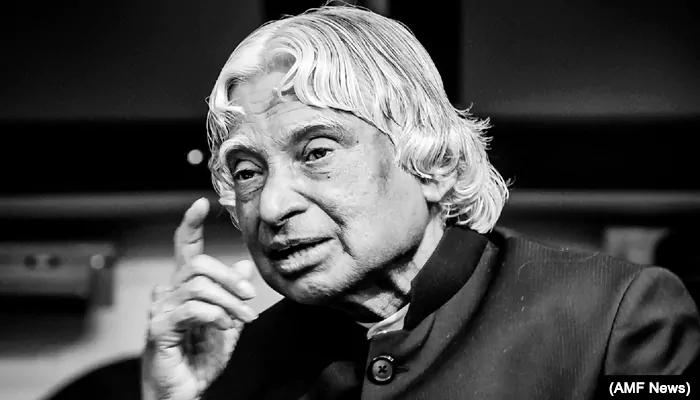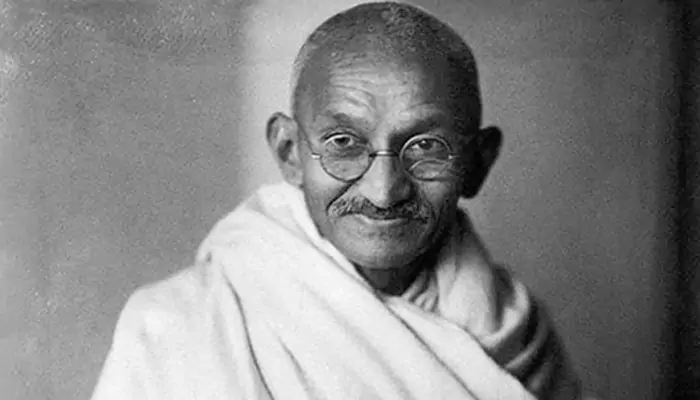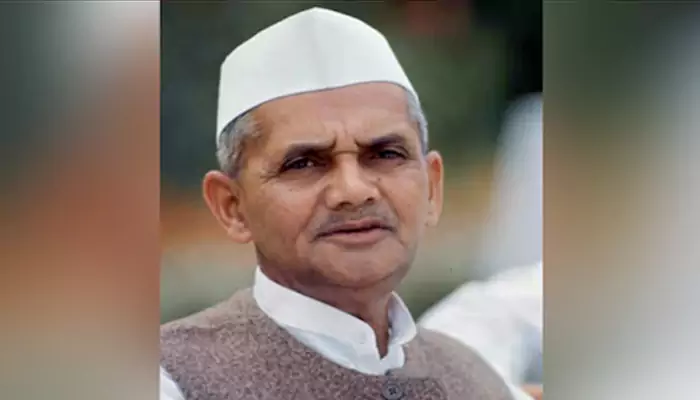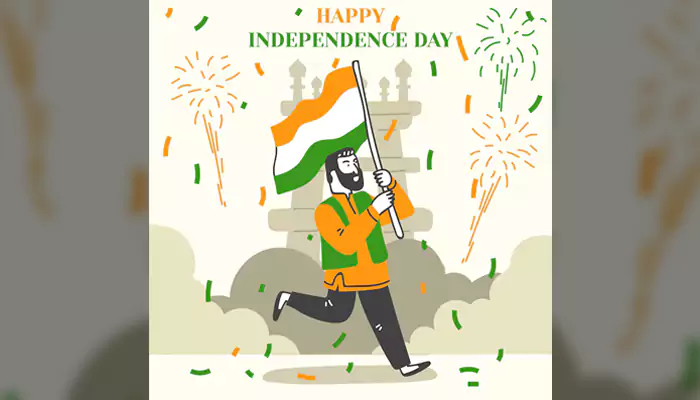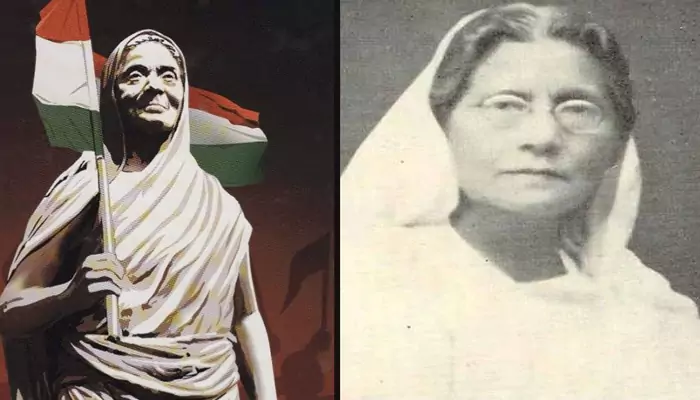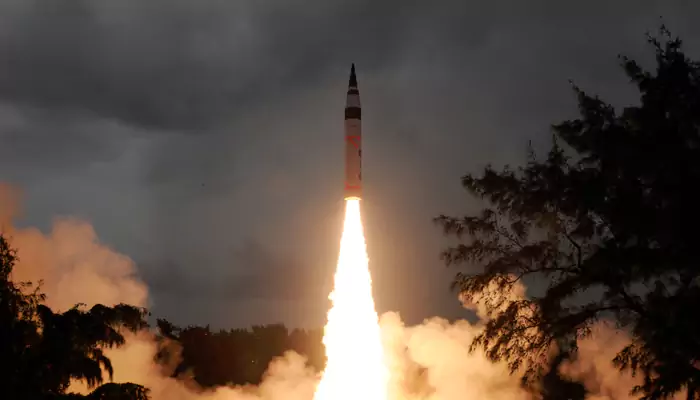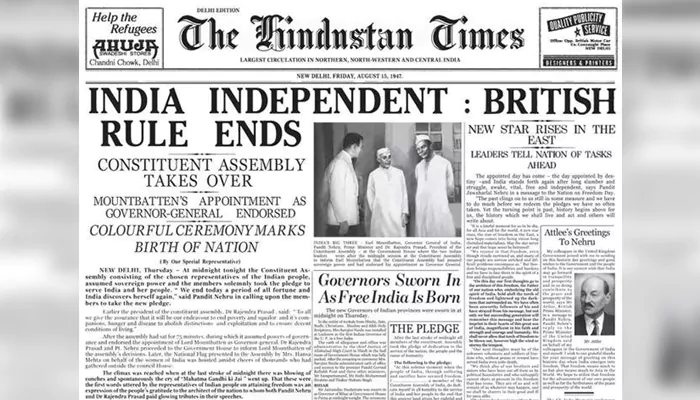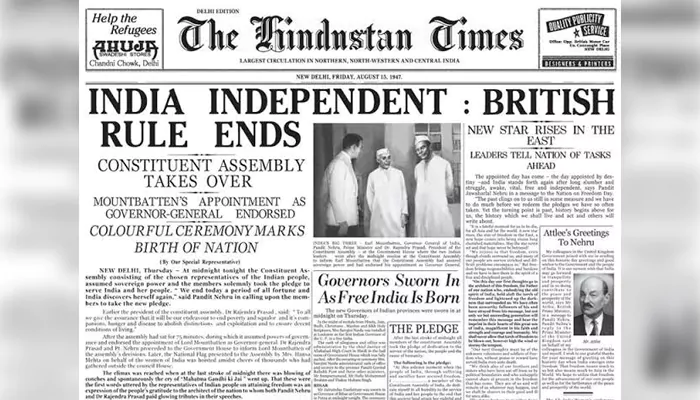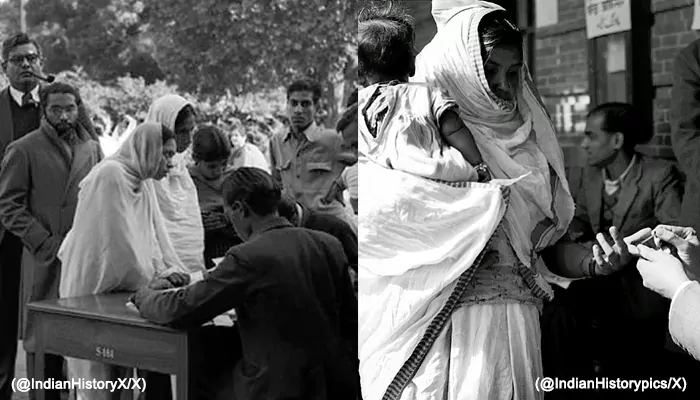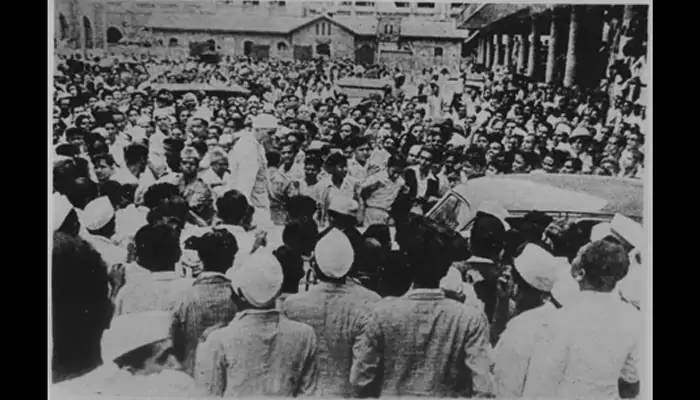Quit India Movement: From Bhajans to Bands - The Protest Anthems That Moved a Nation
- Devyani
- 4 months ago
- 6 minutes read
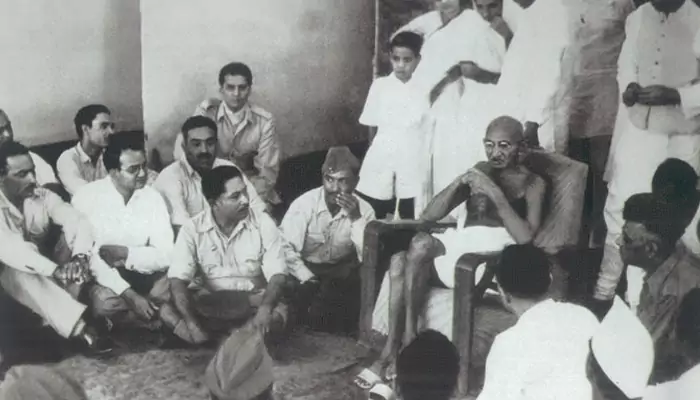
Forget boring history lessons - let’s uncover how soul-stirring songs became the secret weapon of India’s 1942 rebellion!
Let's rewind to August 1942. India is simmering. World War II rages, and the British Raj? Well, let's just say patience was wearing thinner. Then, Mahatma Gandhi drops the mic with the call for "Do or Die" - the Quit India Movement explodes onto the scene.
But this wasn't just about fiery speeches and daring protests. Nope. One of the most powerful, yet often overlooked, weapons was music. Imagine melodies weaving through crowds, lyrics becoming battle cries, and simple tunes uniting millions.
Let's dive into that incredible soundtrack!
The Humble Start: Bhajans with a Bite
In the early days, outright rebellion was risky. So, how did you gather people, stir their spirits, and fly under the radar? You guessed it - bhajans. These devotional songs were a familiar, safe space. But clever freedom fighters started tweaking the lyrics.
80 years ago, on this day, under the leadership of Mahatma Gandhi, Indian National Congress launched the Quit India Movement.
— Surbhi (@SurrbhiM) August 8, 2022
Humble tribute to everyone who participated in the movement. pic.twitter.com/49S9kk6V5B
(@SurrbhiM/X)
Picture villagers singing traditional hymns, but instead of praising Krishna or Ram, the words subtly shifted. "Hari" (a name for God) might become "Bharat" (India). Melodies meant for worship suddenly carried messages of defiance and unity. It was genius! Under the guise of piety, the fire of revolution was quietly stoked. These bhajans built community, shared the message of Swaraj (self-rule), and kept morale high, all while looking perfectly innocent to suspicious officials.
Cranking Up the Volume: Patriotic Anthems Take Center Stage
As the movement gained steam and repression intensified, the music got bolder. No more hiding! This is when iconic patriotic anthems truly came into their own, becoming the lifeblood of marches, meetings, and even prison cells.
"Kadam Kadam Badhaye Ja..."
On Marching Music Day, we remember Kadam Kadam Badhaye Ja – one of India’s most famous marching songs, the anthem of the Indian National Army (INA). 1/8
— The Paperclip (@Paperclip_In) March 4, 2025
Video courtesy: YouTue pic.twitter.com/HPKhXXZGfq
(@Paperclip_In/X)
Okay, technically born with the Indian National Army (INA) a little later, this marching song’s spirit perfectly captured the Quit India resolve. Its driving rhythm – "Step by step, keep marching on!" – became an instant motivator. You can almost hear the determined footsteps, right? It promised victory and sacrifice in equal measure.
“Door Hato Aay Duniyawalo Hindustan Humara Hai”
This Bollywood song from 1943 openly supported ‘Quit India Movement’ against British
— Ankit Mayank (@mr_mayank) June 27, 2025
Do you think such Freedom of Speech exists today under BJP rule? pic.twitter.com/4NSIyLex90
(@mr_mayank/X)
This patriotic song from the 1943 film Kismet, was written by Kavi Pradeep and composed by Anil Biswas, becoming a coded anthem for Gandhi’s Quit India Movement. Using allegorical references to Germans and Japanese to bypass British censors, its hidden anti-colonial message sparked mass patriotic fervor and forced Pradeep to go underground
"Sare Jahan Se Accha"
(@blue_love_40/Instagram)
Iqbal’s beautiful ode to Hindustan, written decades earlier, found explosive new relevance. Singing "Better than the entire world, our Hindustan" in 1942 wasn't just pride; it was a direct challenge to colonial rule. It reminded everyone why they fought.
"Vande Mataram"
A timeless reminder that Bharat once ruled the waves, so profoundly that the oceans bore her name. pic.twitter.com/DGnDtOx2T3
— Vande Mataram (Modi Ka Parivar) 🙏 🇮🇳🇮🇳🇮🇳 (@Vande_Mataram) August 3, 2025
(@Vande_Mataram/X)
Bankim Chandra Chattopadhyay’s hymn from Anandamath was already a powerful symbol. During Quit India, chanting "I bow to thee, Mother" became an electrifying act of devotion to the motherland itself, sending shivers down spines and defiance into hearts.
"Sarfaroshi Ki Tamanna"
Raj Santoshi’s Legend of Bhagat Singh stands apart, both for ARR's soulful soundtrack and history unadulterated by jingoism.
— India Wants To Know: India's First Panel Quiz Show (@IWTKQuiz) January 5, 2024
Sonu Nigam’s rendition of Bismil Azimabadi’s ‘Sarfaroshi Ki Tamanna’ is both restrained and heartbreaking. @ajaydevgn pic.twitter.com/P5qxbC1VXE
(@IWTKQuiz/X)
This older ghazal, immortalized by Ram Prasad Bismil, became synonymous with fearless sacrifice. Lines like "The desire for sacrifice is in our hearts..." resonated deeply with a generation ready to lay everything on the line. Pure, unadulterated courage set to music.
More Than Just Tunes: Why These Songs Worked Magic
So, why were these songs so darn powerful?
Instant Unity
You didn't need pamphlets. One person starts singing "Vande Mataram," and boom – a whole crowd joins in, strangers suddenly bound together by melody and meaning. It dissolved differences in caste, language, or class.
Emotional Rocket Fuel
These songs didn't just inform; they felt. They stirred deep love for the land, burning anger against injustice, and unwavering courage. They turned abstract ideas like 'freedom' into something you could feel in your gut and sing from your soul.
#OnThisDay, Quit India Movement was launched by #MahatmaGandhi demanding an end to British Rule of India in 1942. pic.twitter.com/9yyyFgvkV6
— Prasar Bharati प्रसार भारती (@prasarbharati) August 7, 2016
(@prasarbharati/X)
Memory Boosters
Catchy tunes and powerful lyrics are easy to remember and pass on. Even if gatherings were broken up, the songs lived on, spreading the message far and wide, even into British jails.
Unbreakable Spirit
Facing lathis and bullets is terrifying. But singing together? It builds incredible strength. These anthems were a constant reminder of the cause, helping people endure brutality and imprisonment with their heads held high.
The Echoes That Never Faded
The Quit India Movement was brutally suppressed by early 1943, but its spirit? Unbroken. And the songs? They didn't fade away. They became the enduring soundtrack of India's freedom struggle.
Long after 1947, these anthems continue to tug at our heartstrings. We hear "Sare Jahan Se Accha" or "Vande Mataram" at national events, and instantly, that connection to the courage of 1942 flickers back to life.
They remind us that freedom wasn't just won on battlefields or in negotiation rooms; it was forged in the collective voice of millions, singing their hearts out for a dream.

